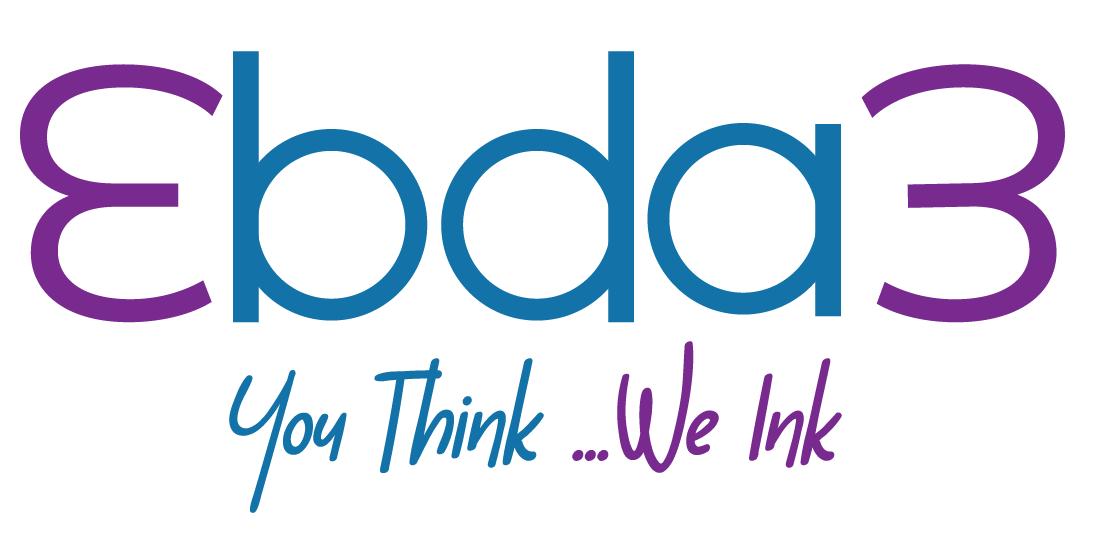Building an Effective Content Writing Dream Team: Key Roles and Responsibilities

In today’s hyper-connected business landscape, a robust digital marketing team is essential for success. Whether you’re a startup, a mid-sized company, or a multinational corporation, assembling the right mix of professionals can significantly impact your brand’s visibility, customer engagement, and revenue growth. Let’s delve into the critical roles that make up a dynamic digital marketing team.
1. Digital Marketing Manager: The Architect of Strategy
Orchestrating Success: The Role of a Digital Marketing Manager
The Digital Marketing Manager is the visionary behind your brand’s online presence. They craft and execute the overarching digital marketing strategy, aligning it with business goals. Here’s what they do:
– Strategy Development: Creating a holistic digital roadmap that integrates various channels.
– Budget Allocation: Allocating resources wisely across paid advertising, content marketing, SEO, and more.
– Team Coordination: Ensuring seamless collaboration among specialized team members.
– Performance Tracking: Monitoring KPIs and adjusting strategies based on data insights.
2. SEO Specialist: Elevating Your Visibility
Climbing the Search Ladder: The Role of an SEO Specialist
Search Engine Optimization (SEO) is crucial for organic visibility. The SEO Specialist focuses on:
– Keyword Research: Identifying relevant search terms to optimize website content.
– On-Page Optimization: Enhancing meta tags, URLs, and content structure.
– Link Building: Building high-quality backlinks to boost domain authority.
– Technical SEO: Ensuring site speed, mobile-friendliness, and crawlability.
3. Content Marketing Manager: Crafting Compelling Narratives
Storytelling Magic: The Role of a Content Marketing Manager
Content drives engagement. The Content Marketing Manager:
– Content Strategy: Developing a content calendar aligned with brand messaging.
– Content Creation: Crafting blog posts, videos, infographics, and social media content.
– Audience Segmentation: Tailoring content for different customer segments.
– SEO Integration: Ensuring content ranks well in search results.
4. Social Media Marketing Manager: Nurturing Communities
Social Symphony: The Role of a Social Media Marketing Manager
Social media is where conversations happen. The Social Media Marketing Manager:
– Platform Expertise: Mastering platforms like Facebook, Instagram, Twitter, and LinkedIn.
– Content Planning: Creating engaging posts, stories, and live sessions.
– Community Engagement: Responding to comments, messages, and building brand loyalty.
– Analytics: Measuring social performance and adjusting strategies accordingly.
5. Email Marketing Manager: Crafting Personalized Journeys
Inbox Gold: The Role of an Email Marketing Manager
Email remains a powerful channel. The Email Marketing Manager:
– Segmentation: Dividing the audience based on behavior, demographics, and preferences.
– Campaign Creation: Designing compelling email campaigns.
– Automation: Setting up drip campaigns, welcome sequences, and abandoned cart emails.
– Conversion Tracking: Monitoring open rates, click-through rates, and conversions.
6. Paid Media Specialist: Amplifying Reach
Paid Perfection: The Role of a Paid Media Specialist
Paid advertising drives targeted traffic. The Paid Media Specialist:
– PPC Campaigns: Managing pay-per-click campaigns (Google Ads, social ads).
– Budget Optimization: Maximizing ROI by allocating ad spend effectively.
– A/B Testing: Experimenting with ad creatives, headlines, and landing pages.
– Remarketing: Reaching out to potential customers who’ve interacted with your brand.
7. Web Development Manager: Crafting Seamless Experiences
Code and Creativity: The Role of a Web Development Manager
A well-functioning website is non-negotiable. The Web Development Manager:
– User Experience (UX): Ensuring smooth navigation, fast load times, and mobile responsiveness.
– Website Maintenance: Regular updates, security patches, and bug fixes.
– Conversion Optimization: Collaborating with marketers to improve lead generation and sales.
– Analytics Integration: Tracking user behavior using tools like Google Analytics.





